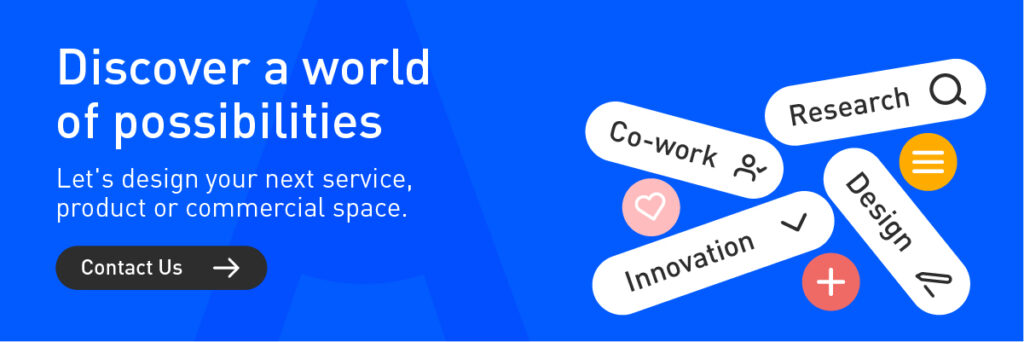In the first part of this blog series, we explored the impact of the serial position effect and Hick’s Law on improving the usability and conversion of digital products. We will now delve into three additional principles that are also critical to designing memorable and effective user experiences.
Fitts’ Law: Design Focused On Ease of Interaction
Fitts’ Law states that the time required to move a cursor (or a finger) to a target depends on the distance to the target and the size of the target.
Practical Applications In Digital Design:
- Make sure that the main buttons are large enough and placed in easily accessible areas, such as the center or bottom corners of the screen.
- Prioritize the size of interactive elements based on their importance, making the most relevant ones larger and more visible.
Example: Amazon User Interface

In the Amazon interface, the “Add to Cart” buttons are colorful and positioned in such a way that they can be viewed. Additionally, targets are added to the image and text to make it easier for the user to access the product, effectively applying Fitts’ Law.

2. Von Restorff Effect: Design to Highlight Key Elements
The Von Restorff effect, also known as the isolation effect, suggests that an item that stands out from the rest is more likely to be remembered.
Practical Applications in Digital Design:
- Use contrasting colors, unusual sizes, or unique fonts to highlight important elements.
- Implement smooth animations or transitions to highlight changes in a system’s state or draw attention to a CTA.
- Design with a visual structure or hierarchy that makes key elements immediately identifiable.
Example: Miro Pricing and Plans Section

This practice is very common when presenting plans or prices for a service. The goal here is to highlight the most popular plan or the one most recommended for users.
Zeigarnik Effect: Design that encourages task completion
The Zeigarnik effect is based on people’s tendency to remember incomplete tasks better than completed ones. This principle can be leveraged in UX/UI to motivate users to complete specific actions within an app or website.
Practical applications in digital design:
- Display progress bars or steps for tasks like registrations, purchases, or long forms. This encourages users to complete the process.
- Send notifications about incomplete tasks, like abandoned carts or unfinished profiles.
- Implement achievements or rewards to motivate users to complete certain actions.
Example: Duolingo platform

Duolingo uses the Zeigarnik effect by displaying incomplete lessons with clear indicators and motivational reminders that incentivize completion.
Implementing these principles in your digital products
To make the most of these UX/UI optimization principles in digital products, consider the following steps:
- Analyze your current interface: identify opportunities to apply Fitts’ Law, the Von Restorff effect, and the Zeigarnik effect.
- Prioritize key tasks: define your users’ most important goals and optimize the experience around them.
- Test and optimize: conduct A/B testing and usability studies to measure the impact of these principles on the user experience.
Conclusions and Next Steps
By integrating these techniques into your design process, you will not only improve usability, but also boost conversion and user loyalty. Stay tuned for the next parts of this series of posts, where we will continue to address the essential principles for optimizing user experience.
At Blaster, we are here to help you take your digital products to the next level. Contact us for a personalized consultation on UX/UI optimization and development of innovative digital solutions.
If you are interested in learning more about industry trends, we invite you to read our article on the 4 key trends in digital experiences for 2025.